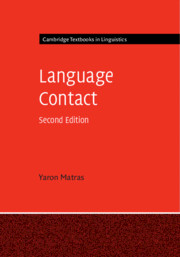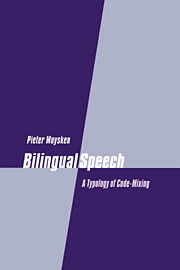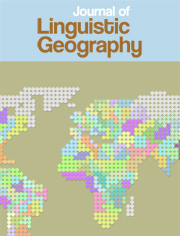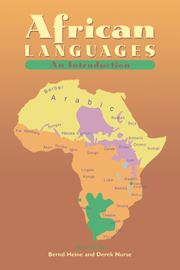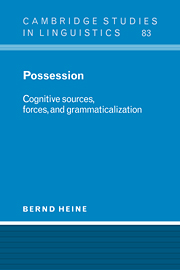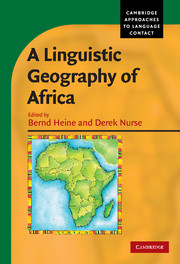Language Contact and Grammatical Change
The phenomenon of language contact, and how it affects the structure of languages, has been of great interest to linguists. This study looks at how grammatical forms and structures evolve when speakers of two languages come into contact, and offers an interesting insight into the mechanism that induces people to transfer grammatical structures from one language to another. Drawing on findings from languages all over the world, Language Contact and Grammatical Change shows that the transfer of linguistic material across languages is quite regular and follows universal patterns of grammaticalization - contrary to previous claims that it is a fairly irregular process - and argues that internal and external explanations of language structure and change are in no way mutually exclusive. Engaging and informative, this book will be of great interest to sociolinguists, linguistic anthropologists, and all those working on grammaticalization, language contact, and language change.
- Gives an insight into the effects of language contact on grammatical structures and forms.
- Draws on a wide range of languages from all over the world
- Looks at a variety of issues, such as grammaticalization theory, language contact, the principles of grammatical change, and universal vs. idiosyncratic human behaviour
Reviews & endorsements
'…[the book will become] a starting point for further investigation of the interplay between grammaticalization and language contact.' Journal of Linguistics
Product details
May 2005Paperback
9780521608282
328 pages
229 × 152 × 19 mm
0.48kg
Available
Table of Contents
- List of maps
- List of tables
- Series editor's foreword
- Preface
- List of abbreviations
- 1. The framework
- 2. On replicating use patterns
- 3. Grammaticalization
- 4. Typological change
- 5. On linguistic areas
- 6. Limits of replication
- 7. Conclusions
- 8. Notes
- References
- Index of authors
- Index of languages
- Index of subjects.



